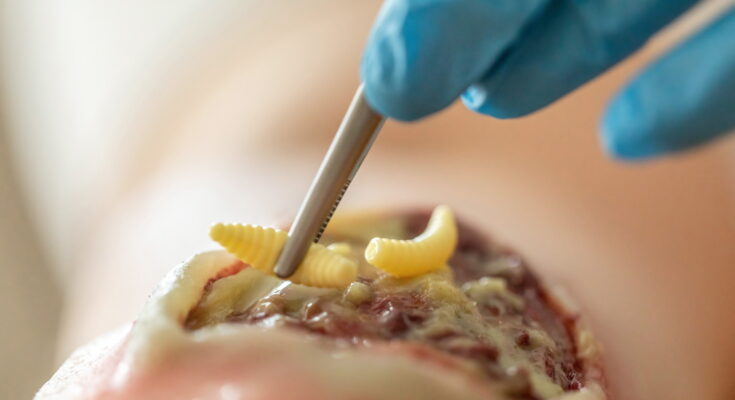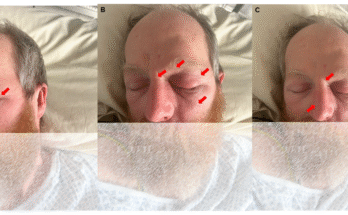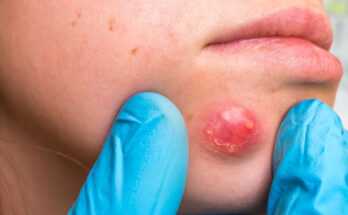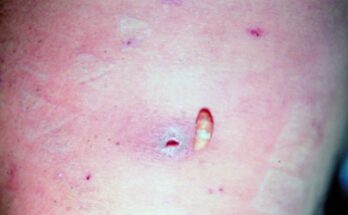What Are Maggots?
Maggots are the larval stage of flies, which means they are essentially fly larvae. They typically hatch from eggs laid by a female fly and look like tiny, soft, legless worms. Flies often lay their eggs in decaying organic matter, such as trash, spoiled food, or animal carcasses, as this provides a rich food source for the developing larvae.
Maggots and Humans
While most maggots are content to feast on trash, some species are attracted to living tissue. This condition, known as myiasis, occurs when a fly lays its eggs in or on a living animal, including humans. This can happen in open wounds, where the maggots feed on dead or decaying flesh.
How Maggots Can Help
Though it sounds unpleasant, maggots have a unique and surprising role in medicine. For centuries, doctors have used a process called maggot debridement therapy (MDT). In this therapy, sterile, medical-grade maggots are placed on a wound. They only consume dead tissue and bacteria, leaving healthy tissue untouched. This helps to clean the wound, reduce infection, and promote faster healing.
Myiasis
Myiasis, on the other hand, is a serious medical condition. It’s an infestation of living tissue by fly larvae. This happens when a fly lays its eggs on a person who may have an open wound, poor hygiene, or is otherwise unable to protect themselves. The larvae hatch and begin to feed on the host’s flesh. Depending on the type of fly and location of the infestation, myiasis can range from a minor skin irritation to a life-threatening condition.
Prevention and Treatment
Preventing myiasis is all about good hygiene and keeping wounds clean and covered. If you have a cut or scrape, be sure to clean it thoroughly and apply a bandage. If you’re spending time outdoors in areas with a lot of flies, consider using insect repellent. If you believe you may have an infestation, it’s crucial to seek medical attention immediately. Doctors can safely remove the maggots and treat the underlying infection. While the idea of maggots on the body is unsettling, understanding the different types and their roles can help to put your mind at ease.



